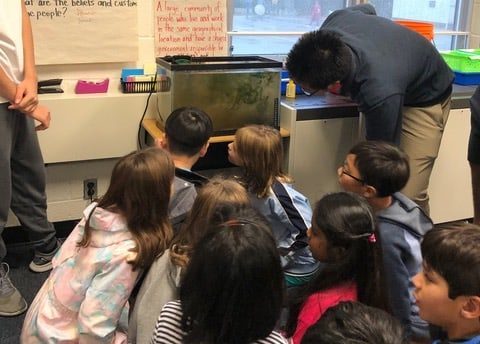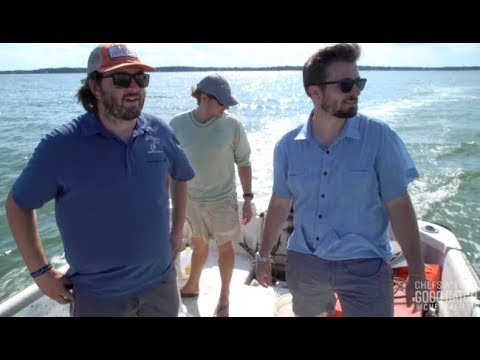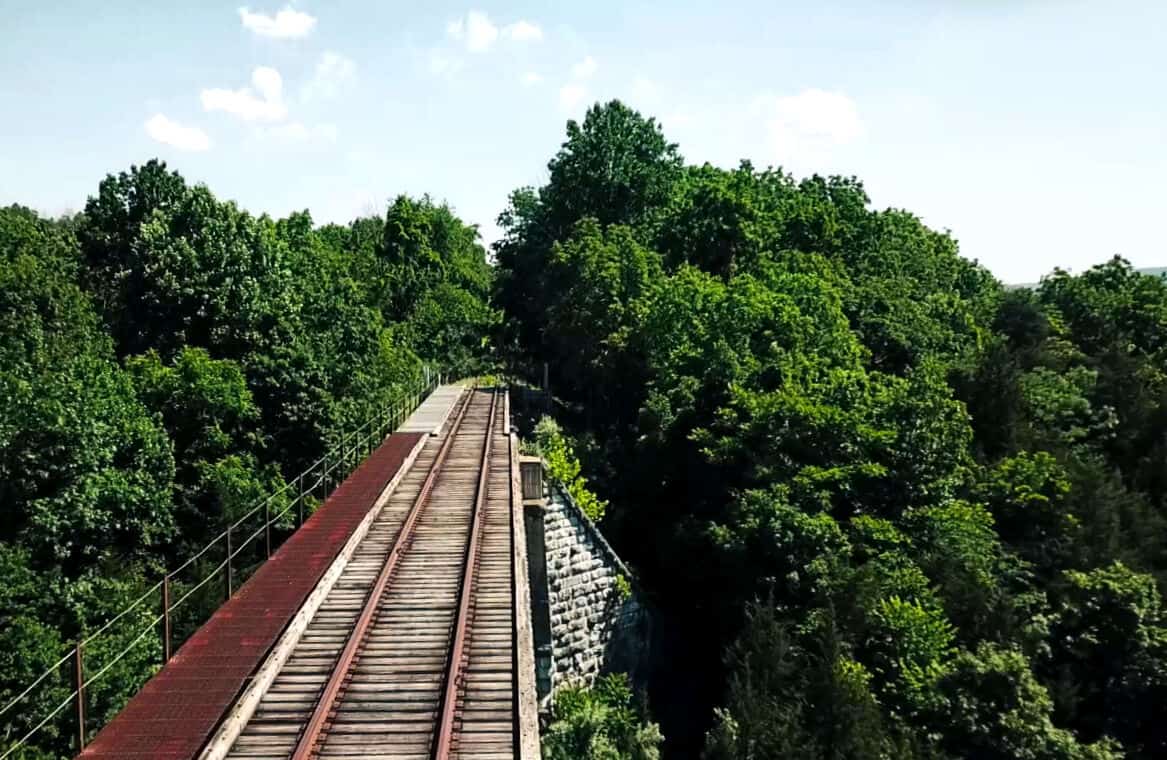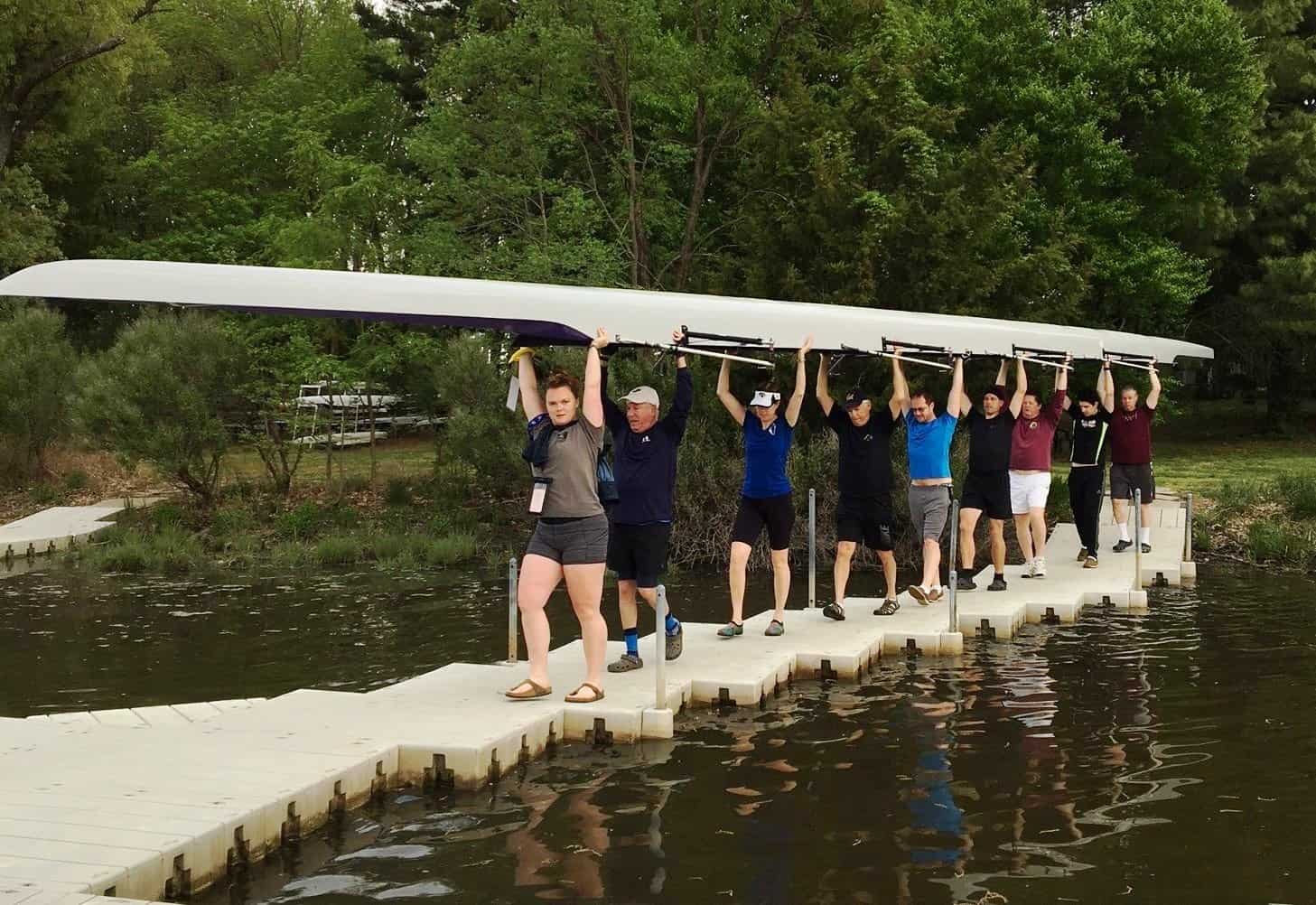Call it a slice of nature in the classroom. An environmental education program in Maryland and D.C. elementary schools puts a miniature ecosystem right in front of students’ eyes.
Now here’s the really impressive part: The popular program was created entirely by a middle schooler, who, now 17 years old, has grown it into a successful nonprofit.
Bill Tong, a high school senior, was in 8th grade when he established the Bioma Project to educate his peers about their local environment. Four years later, Tong has won the International Young Eco-Hero Award and the Tawes Youth Award. His project has carried the message of environmental conservation to 30 elementary schools.
The inspiration for the Bioma Project came to Tong after picking up garbage around his neighborhood only to see new garbage accumulate a week later.
He thought, “You can’t have environmental solutions be permanent unless you change the way people think.”
Tong decided that in order to make a meaningful impact he had to make others see the importance of environmental conservation.
Tong approached his teachers at Clarksville Middle School with a plan for an extracurricular program that would allow for his peers to learn about their local ecosystems by building and maintaining one of their own. The program quickly became one of the most popular extracurriculars offered and has since grown substantially.
The Bioma Project currently consists of Tong and his 20 or so teenage colleagues, who lead seminars at elementary schools across Maryland and Washington. At each seminar members from the organization build a miniature model in the classroom that simulates the local ecosystem. The miniature ecosystem, a tank filled with indigenous plants and animals, is then maintained by the elementary school students before it’s emptied into a river or pond at the end of the school year. Tong and his colleagues have developed lesson plans where students are meant to observe changes in the ecosystem and react accordingly. The service is intended to teach children about the importance of interdependence and is provided entirely free of cost.
Sara Cox, a teacher at St. John’s Lane Elementary School, where the Bioma Project has just been introduced, believes that it is helpful for children to see teenagers working to better their environment and positioning themselves as positive role models. She also believes the project is beneficial to students because it provides them with a more hands-on approach to learning.
Cox says, “Any opportunities that we can offer students that give them experiences are going to be beneficial.”
At some point, the Bioma Project hopes to reach classrooms in other regions of the country, too. Anyone who would like to support the classroom ecosystems program can click here.
–CJ Hancock




